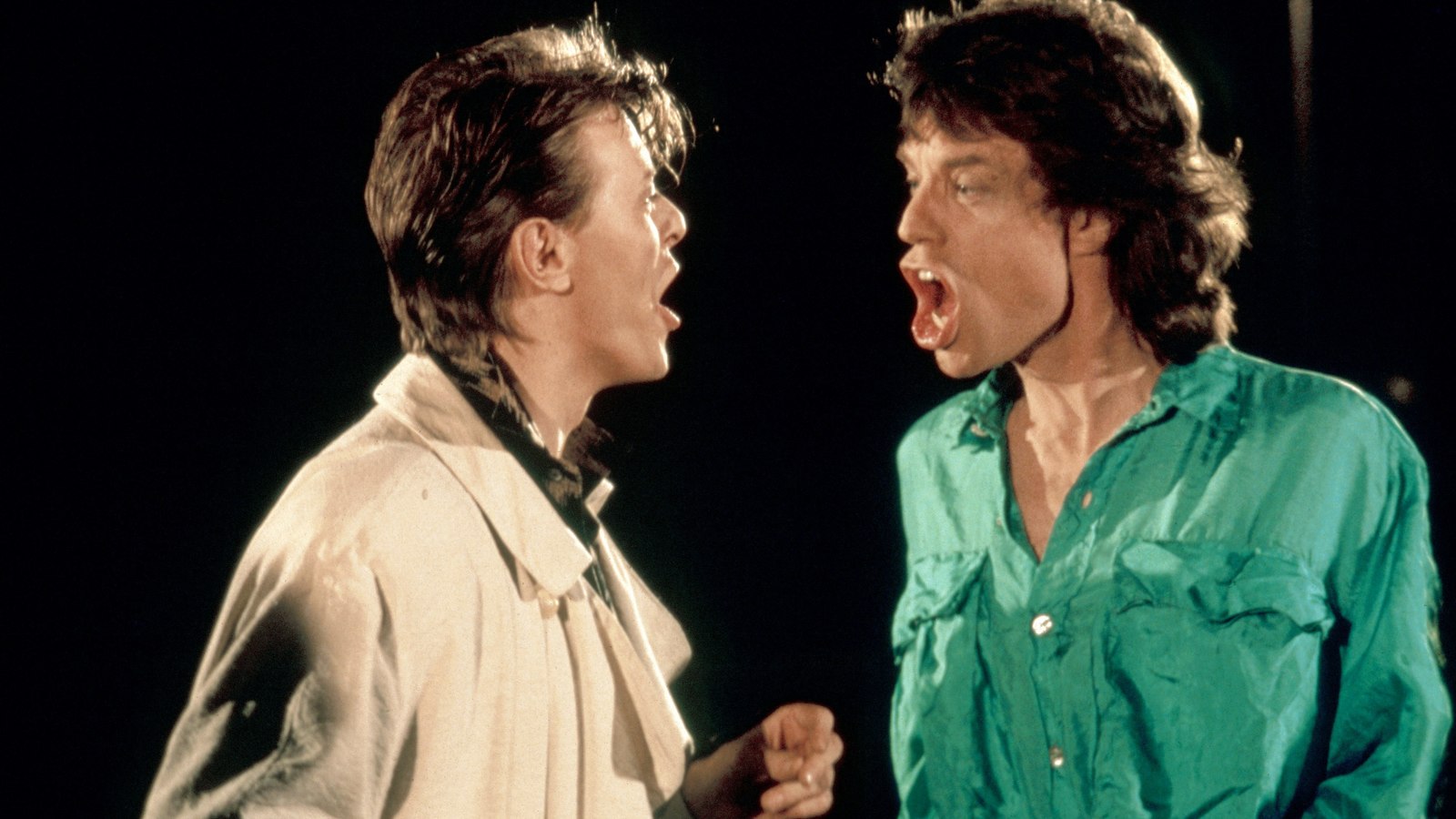
'Please allow me to introduce myself, I’m a man of wealth and taste' - Mick Jagger turns 75

“Please allow me to introduce myself, I’m a man of wealth and taste.” - Mick Jagger, The Rolling Stones’ 1968 track, “Sympathy for the Devil”
What does it mean to be a true rock star?
Mind-blowing stage presence, creative songwriting, infectious energy, killer style and an inspirational spirit. For over five decades, Mick Jagger has adapted all of these qualities into his own swagger — making him the ultimate rock and roll legend. It’s hard to believe that Jagger and his band, The Rolling Stones, have been gifting fans with timeless classics since the 1960s.
The Stones initially formed as a blues band, but they found their groove in rock and roll while taking elements from other genres that they loved to form their distinctive sound. Being the frontman for one of the greatest rock bands of all time comes with certain levels of responsibility and attitude, and luckily Jagger is one who has portrayed himself in an appealing manner that fans love.
For any artist to possess a long-standing career, one must study the greats to reach stardom. Since The Rolling Stones frontman is a fan of the blues, he admired soul and funk legends who came before him, including Chuck Berry, Bo Diddley, Howlin’ Wolf and James Brown.
In addition to adding soulful elements into the band’s catalog, Jagger understood the importance of showmanship, as he also looked to those legends for his gyrating dance moves, microphone tricks and eye-catching wardrobe. James Brown became a heavy influence, as Jagger looked to him for more than just dance moves. “It’s not about: Did I copy this (dance) move of his, or that one,” Jagger said in a 2014 interview. “It was the whole of his performance and his attitude to the audience, the way he draws them in, relates to them. The audience are part of the show, not just paid customers.” It’s that type of attitude and admiration that many artists today use to connect with the audience. Artists take notes from their idols to set themselves apart from other entertainers and make their performances memorable.
But with any success comes a lot of media attention and criticism. When The Rolling Stones came on to the scene, they were often described as wild and rebellious in comparison to The Beatles’ “good guy” image. At the time, their music and performances were considered a bit taboo in the rock world. Their songs seemed to celebrate freedom, liberation, sex and drugs, and sometimes violence would occur at their live shows. The band wanted to boldly touch on topics that other artists avoided.
Yet because of the song content and fan pandemonium, Jagger became known as the bad boy of rock and it increased the band’s popularity tremendously. Jagger’s stage presence, still today, can be anywhere from fun to raunchy, but he knows exactly how to make an audience go wild — the elusive “it” factor that appealed to both men and women when the band was growing in popularity.
And with that appeal, Jagger used the stage as a fashion runway. Whether he donned a U.K. flag as a cape or a sequined cropped jacket, he knew how to turn heads and keep people talking. Edgy, yet flashy. Flamboyant, yet smooth. Cool, yet seductive. He brought a keen sense of style, sexiness and confidence to the rock and roll world. There was no uniform look to this band. It was more of leather jackets and mismatched outfits.The Stones ultimately created the glam rock look that many punk artists have taken a liking to today.
Jagger’s natural look carried the band’s appeal even further. His enticing, pouty lips became the band’s legendary logo to help push the sexual boundaries. He reached out to London art student John Pasche to create an album logo, and although Jagger was enthralled with the tongue of Hindu goddess Kali, Pasche was intrigued by Jagger’s own look and used it as inspiration for the lip logo which was initially set as a new album visual in 1969. Since then, the logo has become a symbol of the Stones. It can be seen on anything from shirts to stage designs.
Visual branding and marketing are essential for an artist to connect with their audience and Jagger built on that. He reached out to artist Andy Warhol to create and out-of-ordinary cover for the “Sticky Fingers” album that was more than just fold-out pages. So Warhol designed the cover with an actual zipper, and when pulled down it revealed underwear. This added to Mick’s sex appeal, but whether Mick is the model for the cover remains a mystery.

It wasn’t until two decades after the band formed that Jagger decided to break away and set himself apart artistically and creatively. In 1985, he released his solo debut album, “She’s the Boss,” which featured work from Nile Rodgers, Herbie Hancock and Jeff Beck. Jagger’s solo effort was about trying something different, yet still having the freedom to be in the band.
The roots of that effort may have started earlier in the decade when Jagger started having different creative opinions with fellow bandmate Keith Richards. While Richards wanted to stick with the band’s roots of rock and blues, Jagger was adamant about reinventing the band’s sound to more pop and dance. And that is what he attempted with his first single, “Just Another Night,” which reached No. 12 on the charts but his second single, “Lucky In Love,” barely hit the Top 40. His following albums received solid reviews with some reaching gold status. Even so, his solo career wasn’t nearly as successful as his career with The Rolling Stones. (And that is not unusual, given the history of artists who try to make it on their own.)
From his songwriting to his showmanship, Jagger has inspired other artists. Throughout his career, he’s worked with greats such as Michael Jackson, Tina Turner, Lenny Kravitz and Jack White, while influencing other bands including Aerosmith, AC/DC and Pearl Jam. Maroon 5 even recruited Christina Aguilera to dedicate an entire song to him properly titled, “Moves Like Jagger.”
He’s accomplished what many artists wish they could — longevity. He knows his worth to audiences, and, as he’s gearing up on a nearly 60-year career, The Rolling Stones are still selling out tours worldwide. The fans who first came to know him back in the ‘60s have passed their love for his music on to the newer fans. As he celebrates his 75th birthday, Jagger is an artist who will be brought up in any rock conversation for generations to come.
More must-reads:
Trending in Entertainment
Customize Your Newsletter
 +
+
Get the latest news and rumors, customized to your favorite sports and teams. Emailed daily. Always free!


